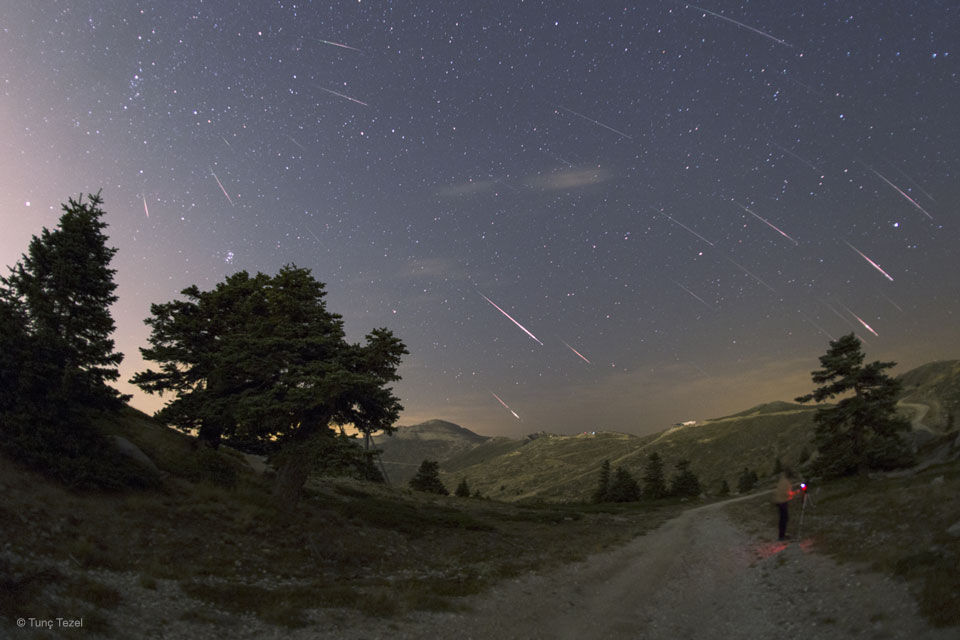These rotating 'lighthouse' neutron stars begin their lives as stars between about seven and 20 times the mass of our sun. Some are found to spin hundreds of times per second, faster than the blades of a household blender, and they possess enormously strong magnetic fields.
via Science Daily
Zazzle Space Exploration market place

